Hydrogen Storage Group
Studying and characterizing the gas—solid interactions for novel nanoporous materials is a pre-requisite for any future application in gas storage or separation. Therefore, we are developing and constantly improving state-of-the-art high-precision techniques to measure adsorption and desorption of gases over a wide pressure and temperature range starting as low as 20 K.
 |
Hydrogen isotope separationHydrogen isotope mixtures can be separated using porous materials by either confinement in small pores i.e. |
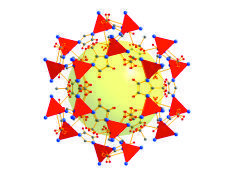 |
Hydrogen storageMetal-organic frameworks (MOFs) are a new class of porous materials that can store high amounts of molecular hydrogen via physisorption owing to their large specific surface area and ultra-high porosity. |
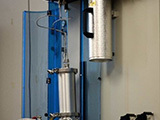 |
Low-temperature adsorptionLow-temperature high-resolution adsorption isotherms of hydrogen isotopes are used to characterize pore structure, surface area and different adsorption sites. |
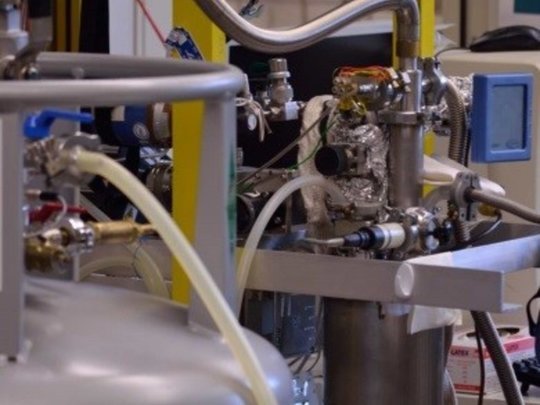 |
Low-temperature thermal desorption spectroscopy TDSThermal desorption spectroscopy has been extended down to 20 K. |
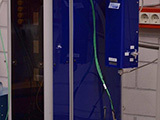 |
Pressure composition isotherm PCTHydrogen high-pressure concentration isotherms (PCT) can be measured on only 100 mg sample mass precisely and reproducibly in dependence of pressure and temperature. |
Latest News
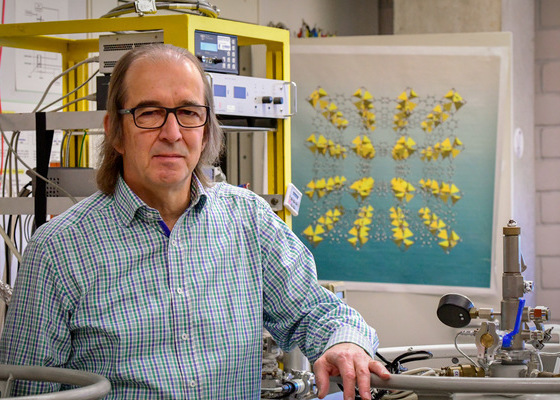 |
Dr. Michael Hirscher Chair of the GRC Hydrogen-Metal Systems ConferenceThe head of the "Hydrogen Storage" research group at the Max Planck Institute for Intelligent Systems in Stuttgart, together with Ned T. Stetson, will lead one of the most important conferences in the field of hydrogen-material interaction. The core topic of the conference will be new hydrogen storage materials, understanding from atomic level to applications. |
More information
 |
Understanding the Interaction of Hydrogen with Materials from the Atomic Level to SystemsSince 1981, the "Hydrogen-Metal Systems" conference aim has been to give an opportunity for researchers and students to be exposed to the latest developments in all aspects of metal-hydrogen interactions. |
 |
Task 32: Hydrogen-Based Energy StorageHydrogen storage was previously addressed in three IEA HIA Tasks 12, 17 and 22. Task 22, which ended in December 2012, had grown into the largest international co-operation effort on hydrogen ever established. |
 |
Task 40: Energy storage and conversion based on hydrogen>Task 40 addresses energy storage and conversion based on hydrogen by developing reversible or regenerative hydrogen storage materials. In these materials, the quantitative targets for hydrogen storage capacities and operation temperatures depend strongly on the different application objectives... |
 |
UNIST-GNTECH-MPI to Develop “Smart Isotope Separation System”Their work has been selected to appear on the cover of the October 2017 issue of JACS. |
 |
My Publications - ResearcherID LabsThis list contains papers that I have authored. |
 |
Doubling the surface area per volume for improved hydrogen storageHydrogen gas is a renewable and ecofriendly source of energy which releases water as its final product. Specifically, it has the highest gravimetric calorific value of all possible fuels. |
Press Releases Working Group Hirscher
 |
A filter for heavy hydrogen
|
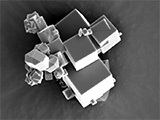 |
Deuterium from a quantum sieve
|



